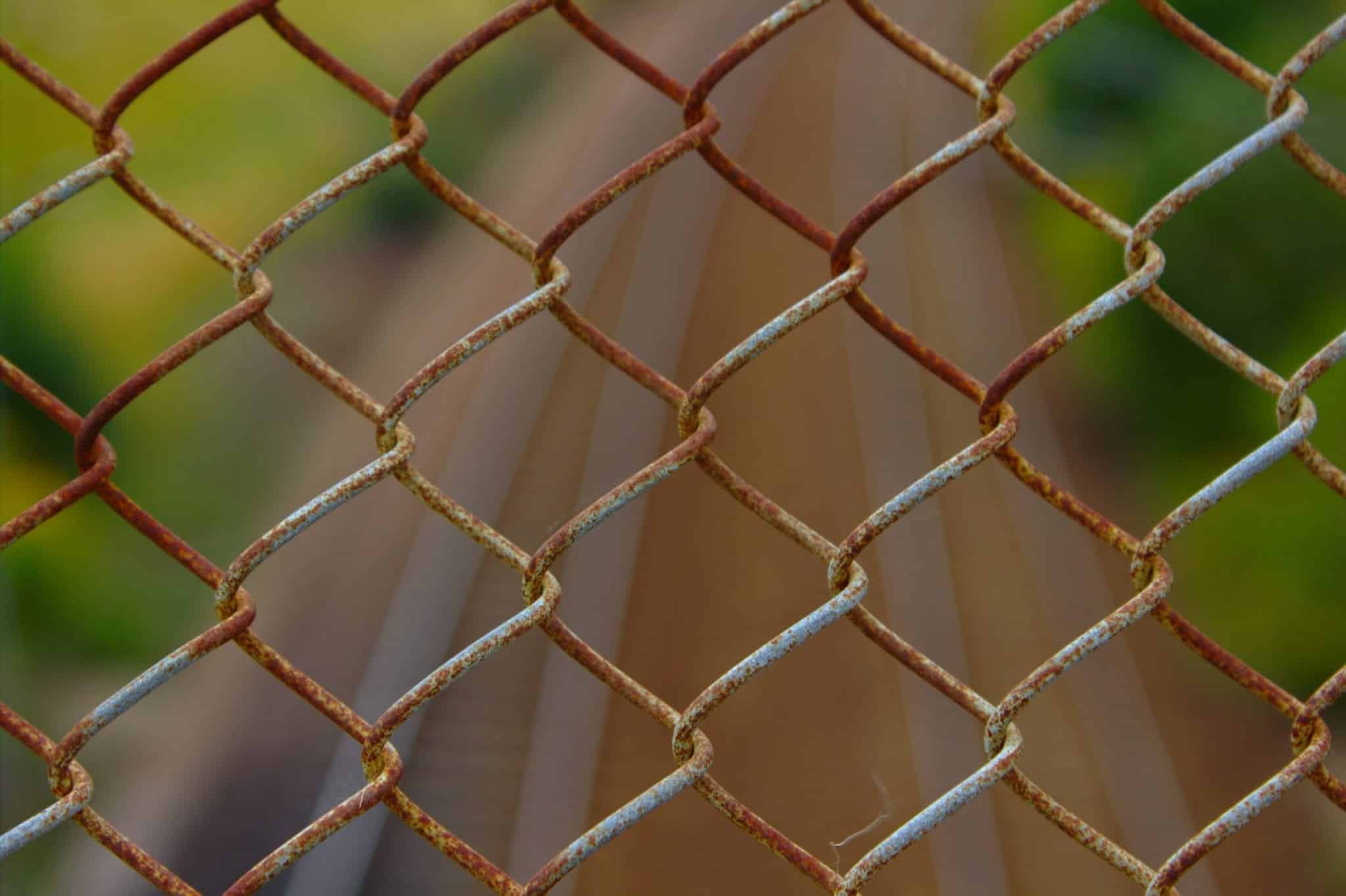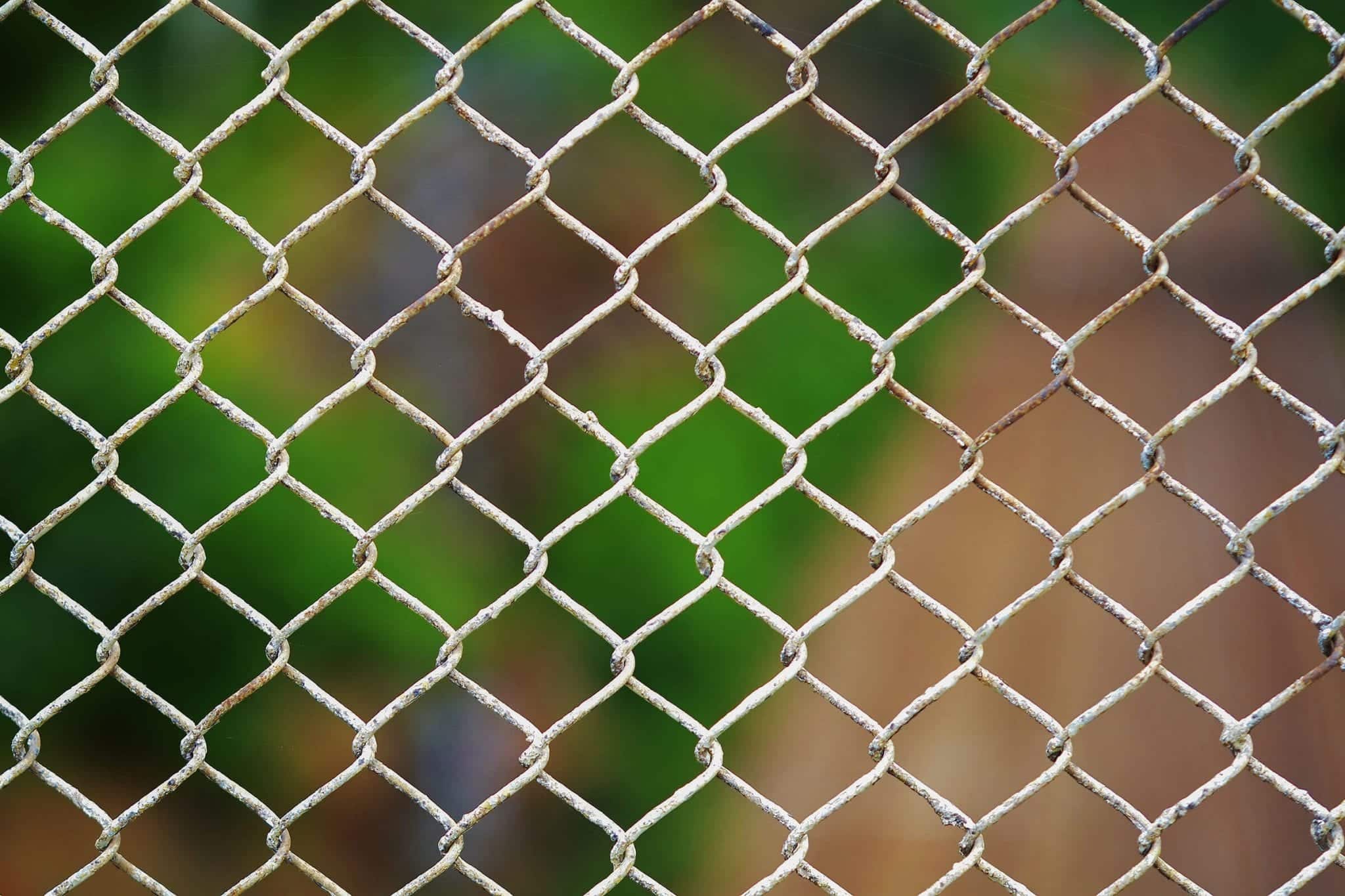Once primarily used for industrial or construction sites, chain link fencing has become widely adopted for use on residential properties, thanks to its unmatched combination of convenience and effectiveness.
Chain link fences are great for preserving your privacy and security. And they are typically much sturdier than alternative forms of residential fencing.
But that doesn’t mean you can just put your fence up and forget about it. If you’re going to make your fence last, it requires attention and careful upkeep. It’s essential to keep it clean, to fight corrosion and disrepair. And there are even chain link fence upgrades you can utilize, depending on your needs.
Follow our guide to chain link fence maintenance, and you’ll learn all that and more.
Chain Link Fence Maintenance 101
The most critical part of chain link fence maintenance is to be diligent. The more you pay attention to the quality of your fence and proactively address any problems as soon as they come up, the less time you’ll have to spend on reactive repairs.
Check your fence consistently for any buildup of dirt, grime, or mold. Left untreated, such a buildup can be compounded rapidly and can lead to corrosion and deterioration of the fence. Before long, you could be looking at a long, expensive fence repair project.
However, if you’re diligent and clean your fence the moment the buildup begins, this will largely prevent this deterioration, and solve your problem before it has time to take off. Most problem areas can be cleaned with simple water and a scrub brush. But rust, for example, may require a more in-depth solution. More on this later.
In addition to keeping the chain links clean, it’s essential to regularly check the fence posts for damage or wear and tear. The posts should always be at a right angle to the ground. If they begin to shift, right them immediately, or the fence could eventually collapse.
Repair Rusted Chain Link Fence

Preemptive chain link fence maintenance is essential, and it will solve a lot of your problems before they begin. But some issues are just unavoidable. If you live in a particularly wet climate, or you’ve just been experiencing a lot of rain, certain types of chain link fences are bound to rust.
But you’re not powerless here. Read on to learn how to repair a rusted chain link fence.
What is Rust?
Rust is a natural reaction that occurs when metals containing iron are exposed to water and air. It is easily identifiable by the distinctive orange coloration that emerges on your fence. Rust has a wide variety of effects on your fence, some superficial, others structural. They include:
- The metal becomes weaker
- Pieces fuse
- Unkempt appearance
- General corrosion
The longer the rust goes unattended, the faster your fence will degrade, and the more susceptible it will be to damage.
There are a few different ways to repair a rusty chain link fence. These are all effective, so choose the one that you feel more comfortable using based on the materials you have at hand.
First Approach
Begin by pre-washing the entire area of the fence with your hose on its highest pressure setting. That will clear off any excess debris and larger pieces of rust. Bring the hose within a few inches of particularly rusty spots to blast away as much as you can. Rinse it over one more time on a medium setting, then allow the fence to dry.
Next, use your wire brush to remove large areas of rust. It’s not necessary to scrub as hard as you can at this stage; instead, use long, consistent strokes. That should knock off the bulk of the rust.
Finally, take some steel wool or sandpaper and scrub down the hard-to-get corners, and any remaining patches that didn’t come off. If any spots remain, use a toothbrush to apply naval jelly and let it sit for 10-20 minutes. Wipe the jelly off, and the rust should come right with it.
This technique requires the following materials:
- High-pressure hose
- Wire brush
- Steel wool/sandpaper
- Toothbrush
- Naval Jelly
Second Approach
Use a broom to clear off excess debris and larger flakes of rust. Then, cover rusty spots with paper towels soaked in vinegar. Leave it for 30-45 minutes. The vinegar should begin to break down the rust.
Once the time has passed, remove the paper towels and dip the scrub brush in more vinegar. Use the brush to scrub off the rust—it should come off without much effort.
Watch diligently for returning rust spots. The sooner you identify them, the less time they will take to clean up. But if it becomes a recurring problem, your fence may need an anti-rush finish.
Here are the materials required for this approach:
- Broom
- Vinegar
- Paper towels
- Scrub brush
Chain Link Fence Finishes
Most chain link fences are made from galvanized steel. The galvanized coating is designed to prevent rusting; if you’re experiencing consistent rust problems, you likely need to refinish your fence. Depending on how extensive the deterioration is, this might be a little tedious. But it could save you a lot of time and money on repairs in the long run.
The first step is to go out and purchase some metallic, anti-rust paint. Paint is made expressly for fences; while it isn’t necessary, we recommend using this type.
Make sure you thoroughly clean off the fence before painting it. If there are a few small patches of rust, that’s fine; the paint should cover them up. But be sure to clear the fence of as much rust as possible, as well as all dirt, mud, and grime. Too much debris will prevent the new paint from successfully binding to the fence.
You only need to paint the parts of the fence where the original coating has deteriorated. Painting the galvanized coating is a waste of paint and likely to cause flaking. Instead, focus on the areas that had seen the most rust. Use a roller brush to apply a coat of primer, and then your new anti-rust paint. Then use a regular brush to apply them to hard-to-reach corners, if any eluded the roller brush.
Maintaining your chain link fence finishes should help reinforce your fence, and dramatically extend its longevity.
Chain Link Fence Upgrades
Chain link fences are great because they’re efficient, sturdy, and long-lasting. But they’re not the most aesthetically appealing fences. And, given that they’re not solid, they aren’t the best for privacy either.
However, if you’re willing to invest the time and effort, several DIY chain link fence upgrades could address these issues. If your fence is on the small side, it’s possible to convert it into a full privacy fence—with the structural integrity of chain link. If your fence is too expansive, you can still upgrade it to look more attractive and homier.
Privacy Fence Upgrade
All you need is some standard fence boards, conduit clamps, and wood screws. If you’re looking to make a privacy fence, line up the boards vertically around the full perimeter of the fence. Then attach the conduit clamps to the top and bottom of the horizontal fence post and screw in the boards.
It’s a time-consuming but straightforward project that will leave you with the look and function of a traditional privacy fence, combined with the durability of a chain link fence. The best of both worlds!
Fence Post Upgrade
If your fence is too large for this (or if you’re just not trying to expend that much time, effort, and money), but you still want to upgrade its appearance, there is still a similar project for you.
Instead of lining the entire fence with the boards, simply attach a board to each vertical fence post. Then measure the distance between each post. Cut the remaining boards to fit the length (you might need to use two for each span). Then use your clamps to attach the boards horizontally to the top fence post, covering the distance between each vertical board.
This simple chain link fence upgrade will make your fence look more stylish.
The Final Word
Chain link fences are one of the sturdiest, most reliable options available for at-home fencing. They are also the most affordable. But they do require a lot of maintenance and upkeep. The more effort you put into keeping them clean, the longer they’ll last.
No matter how much effort you put in, though, natural wear and tear and exposure to the elements are natural. Rust happens. So, it’s essential to know how to repair rusty chain link fences. There are several different techniques for this; you can use vinegar, naval jelly, or good old-fashioned elbow grease.
If rust becomes recurrent, though, you’re better off treating the cause rather than repeatedly treating the symptoms. All you need to do is buy some new metallic paint and refinish the deteriorated areas of your fence.
While chain link fences are a great budget option, there are certainly more reliable and maintenance-free fence materials available.
- Vinyl fencing is a great looking fence that provides very little maintenance
- Ornamental fencing is a beautiful solution for increasing property value
- Privacy fencing is perfect for homes with dogs
And finally, if you like the convenience and reliability of a chain link fence, but don’t like the look, don’t worry. There are several different chain link fence upgrades you can use to make your fence more stylish.


